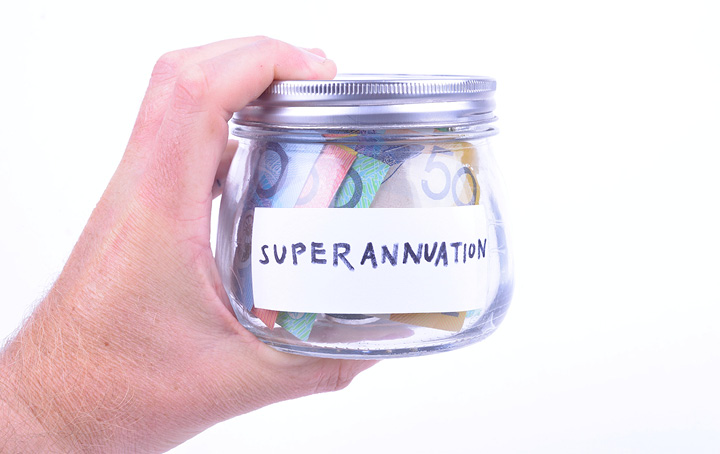

[column width=”1/1″ last=”true” title=”” title_type=”single” animation=”none” implicit=”true”]
With the average annual cost of an undergraduate degree for Australian students hovering around the $10,000 mark, a 3-year degree could easily cost upwards of $30,000 depending on what you’re studying and where you’re studying. In the current employment market, rife with short-term employment and contracting whilst at the same time maintaining the requirement for higher qualifications, an average university student could easily end up with a much larger than average debt due to changing courses, units of study, or degrees.
To help these students, the new year ushers in a welcome student loan change in the form of a new combined, renewable HELP loan limit. The combined HELP loan limit replaces the current FEE-HELP limit and is a cap on what university students can borrow to cover the cost of tuition. If you’re a university student with an existing FEE-HELP, VET FEE HELP and/or VET Student Loan, the debt will be carried over and count towards your new HELP loan limit. Any previous HECS-HELP debt will not be included in the HELP loan limit, but new HECS-HELP loans commencing from 1 January 2020 will be included.
The new combined HELP loan limit is an increase on previous cap, which means that most students will have access to additional funds up to a limit of $106,319 for 2020. While medicine, dentistry, and veterinary science students may have access to additional funds for their study up to a maximum of $152,700 for 2020. Remember, the limit is indexed to increase on 1 January (with CPI) every year so if you’re close to the limit, it may be good practice to check to see if you’re entitled to borrow extra at the beginning of each year of study.
Another thing to note is that the new combined HELP loan limit is renewable. That is, any repayments you make on your HELP debt will increase your available balance, up to the limit. Both voluntary and compulsory repayments will credit your HELP balance. However, any PAYG repayments will not credit your HELP balance until you complete your tax return for the year, and it is processed by the ATO.
This change is in addition to other changes introduced in 2019 relating to the minimum HELP repayment threshold. Both the repayment threshold and the repayment rate were lowered so that only those earning below $45,881 escaped any form of repayment. Based on the median starting salary for female undergraduates (ie those with Bachelor degrees) of $60,000, the repayment rate would be 3% which would equate to a yearly payment of $3,189.57 if the full HELP loan limit of $106,319 was used.
[/column]